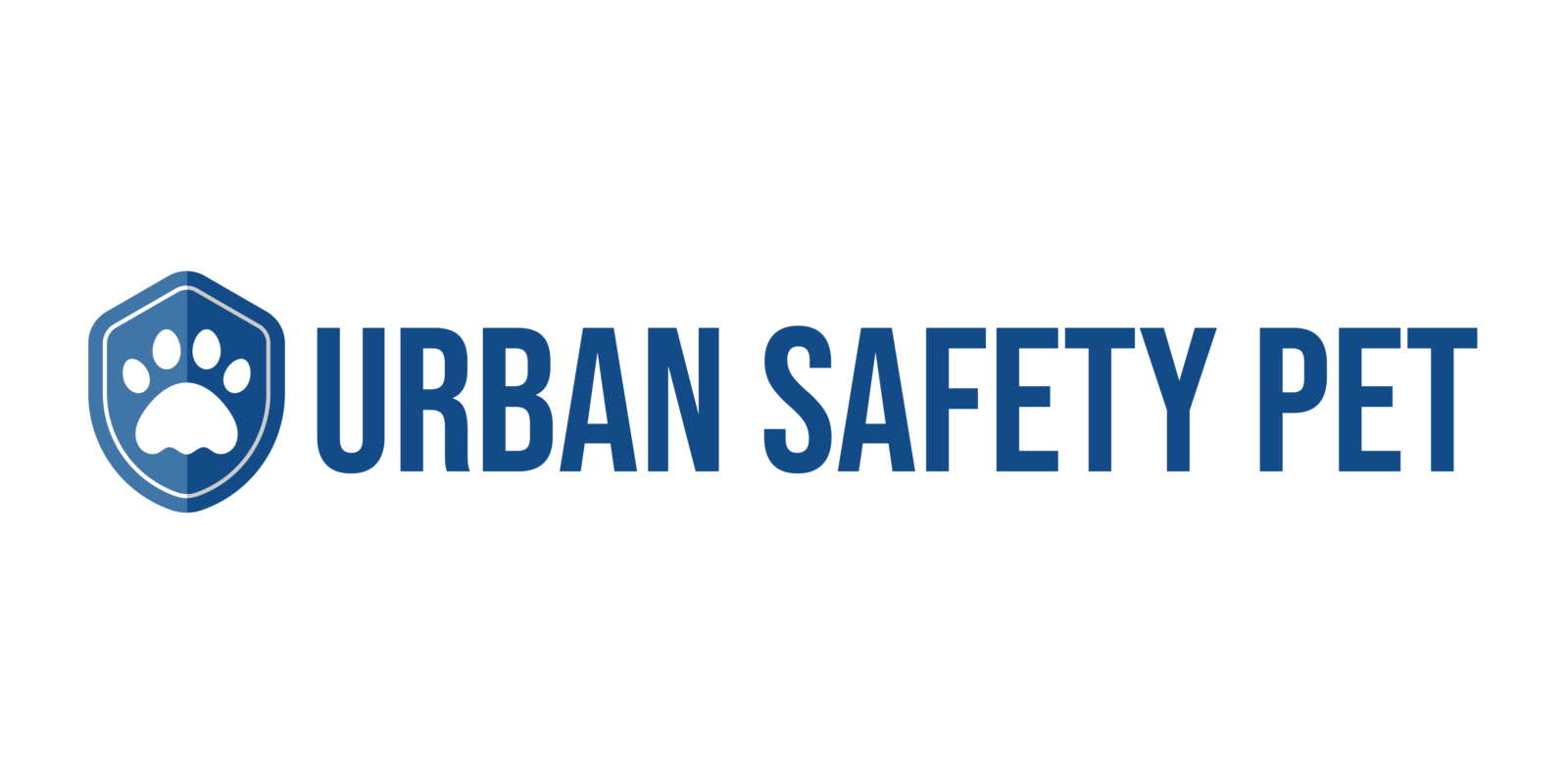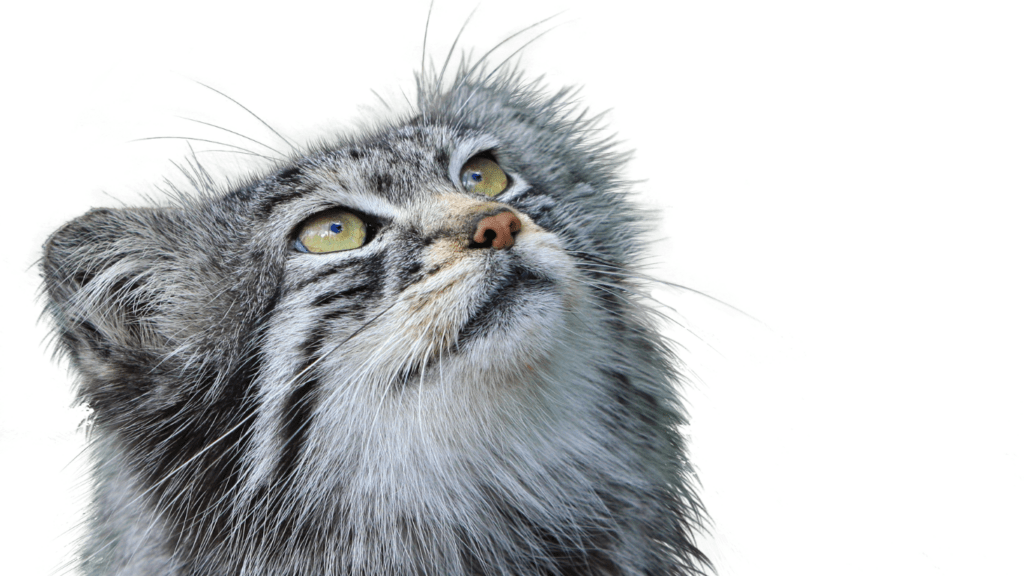Understanding Your Senior Pet’s Needs
Senior pets need special care to maintain their quality of life. Identifying their unique requirements ensures they stay healthy as they age.
Recognizing Signs of Aging
Observe changes in behavior and physical condition to spot signs of aging. Look for decreased activity levels, graying fur, and changes in weight or appetite. Monitor their vision and hearing by checking for signs like bumping into objects or not responding to sounds. Behavioral changes may indicate cognitive decline, so pay attention to increased confusion or disorientation.
Common Health Issues in Senior Pets
Senior pets often face specific health challenges. Arthritis and joint stiffness can limit mobility, making it essential to provide a comfortable living environment. Dental disease becomes more prevalent, so regular teeth cleanings are critical. Monitor for kidney disease symptoms like increased thirst and urination. Regular blood tests can help detect early signs of diabetes, liver disease, and cancer. Maintain routine vet visits to address these issues promptly.
Nutrition and Diet
Maintaining proper nutrition and diet is critical for senior pets. Aging pets need balanced diets tailored to their specific requirements.
Choosing the Right Food
- Selecting appropriate food ensures senior pets get necessary nutrients.
- Many brands offer specialized senior pet food designed to support joint health, aid digestion, and maintain weight.
- Look for food high in protein but low in calories to prevent obesity and support muscle mass.
- Royal Canin and Hill’s Science Diet produce senior-specific formulas.
- Reading labels and understanding ingredient lists help in making informed choices.
Supplements for Senior Pets
Supplements can enhance a senior pet’s diet by addressing specific health concerns. Glucosamine and chondroitin supplements support joint health, reducing symptoms of arthritis. Omega-3 fatty acids improve coat condition and reduce inflammation. Adding fiber supplements assists in digestion and can prevent constipation. Consult a veterinarian to determine which supplements best benefit your aging pet’s needs.
Regular Veterinary Check-Ups
Regular veterinary check-ups are essential for monitoring the health of your senior pet. Routine visits help identify and address potential health issues before they become serious.
Frequency of Visits
Veterinary check-ups for senior pets should occur at least twice a year. This frequency ensures timely detection of age-related health problems. For pets with known conditions, more frequent visits are beneficial. Consult your veterinarian for a personalized schedule based on your pet’s health needs.
Important Health Screenings
Key health screenings for senior pets include blood tests, urinalysis, and fecal exams. Blood tests can reveal issues like:
- kidney disease
- diabetes
Urinalysis checks for urinary tract infections and kidney function. Fecal exams identify parasites. These screenings provide a comprehensive picture of your pet’s health and guide necessary treatments.
Exercise and Mental Stimulation

Maintaining an active lifestyle is crucial for senior pets, both physically and mentally. Exercise tailored to their needs and engaging activities can enhance their well-being.
Tailoring Exercise to Your Pet’s Needs
Evaluate your senior pet’s physical condition and energy level to design an appropriate exercise regimen. Consult your vet to identify any limitations or special considerations. Moderate exercise like walking for 15-20 minutes can help maintain mobility. If joints aren’t too stiff, swimming is another low-impact option. Short, frequent sessions are better than long, strenuous activities. Always monitor your pet for signs of fatigue or discomfort and adjust the routine as necessary.
Activities to Keep Your Pet’s Mind Sharp
Cognitive stimulation is essential to prevent mental decline in senior pets. Introduce puzzle toys that require problem-solving for treats. Interactive games like hide and seek can engage their senses. Rotate toys regularly to maintain interest. Training sessions with simple commands can also keep their minds active. For instance, teaching new tricks or reinforcing old ones ensures they stay mentally alert. If your pet enjoys social interaction, arrange meet-ups with other pets.
Senior Pet Grooming
Grooming plays a critical role in maintaining your senior pet’s health. Regular grooming can help identify any changes in their physical health early on.
Skin and Coat Care
Senior pets often develop drier skin and a thinner coat, making skin care essential. Frequent brushing removes loose fur and stimulates natural oils. Look for lumps or rashes when grooming to catch early signs of health issues. Use hypoallergenic shampoos to avoid irritating sensitive skin. Regular grooming sessions also help maintain a healthy coat and can reduce shedding.
Dental Hygiene
Oral health affects a pet’s overall health, especially in senior pets. Plaque and tartar buildup can lead to periodontal disease. Brush your pet’s teeth daily using pet-safe toothpaste to prevent dental issues. Dental chews and toys can help maintain oral hygiene. Schedule professional teeth cleanings with your veterinarian to ensure thorough dental care. Regular dental checkups are crucial for detecting and addressing dental problems early.
Creating a Comfortable Living Environment
Senior pets often require a few changes to their living spaces to ensure their comfort and safety.
Adjustments for Mobility Issues
Elderly pets may face mobility challenges. Install ramps or pet stairs to help them access furniture or beds. Use non-slip mats on smooth floors to prevent slipping. Rearrange furniture to create clear paths free of obstructions.
Safe Spaces and Comfort Items
Designate quiet areas where senior pets can retreat. Offer orthopedic beds to support aging joints. Provide blankets, toys, and familiar items to make these spaces inviting. Ensure water and food bowls are easily accessible without requiring difficult movements.




